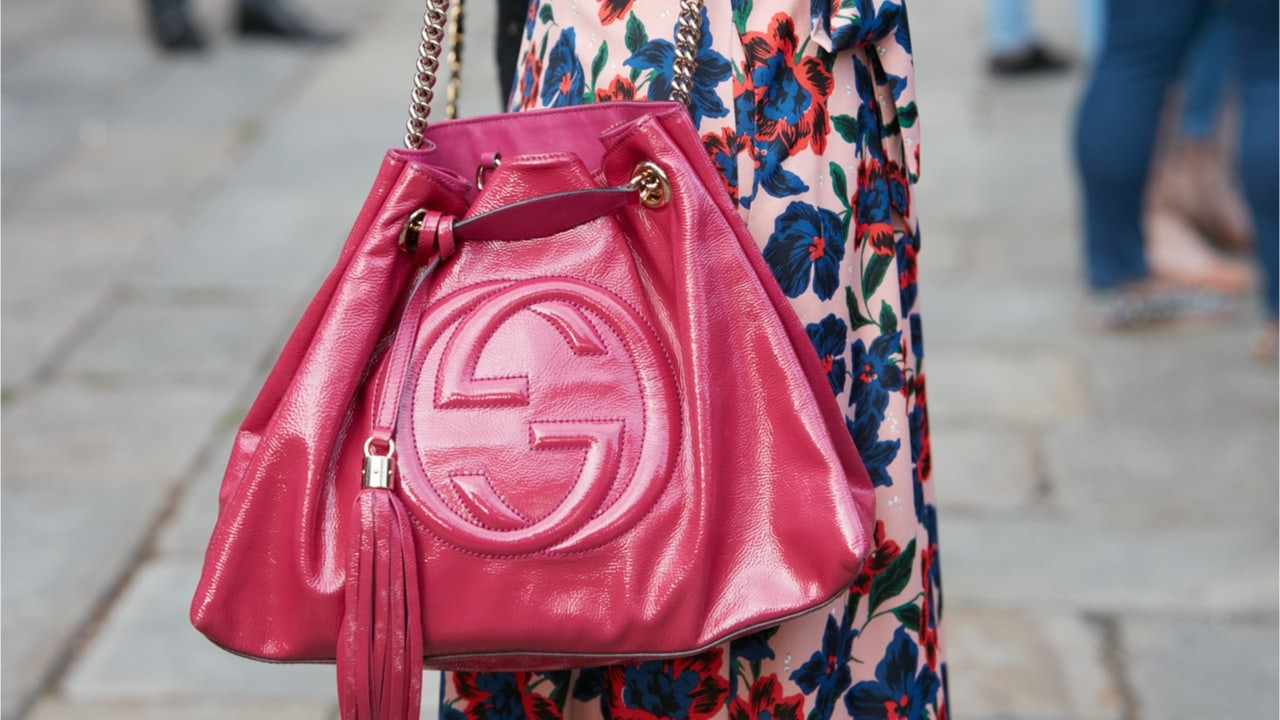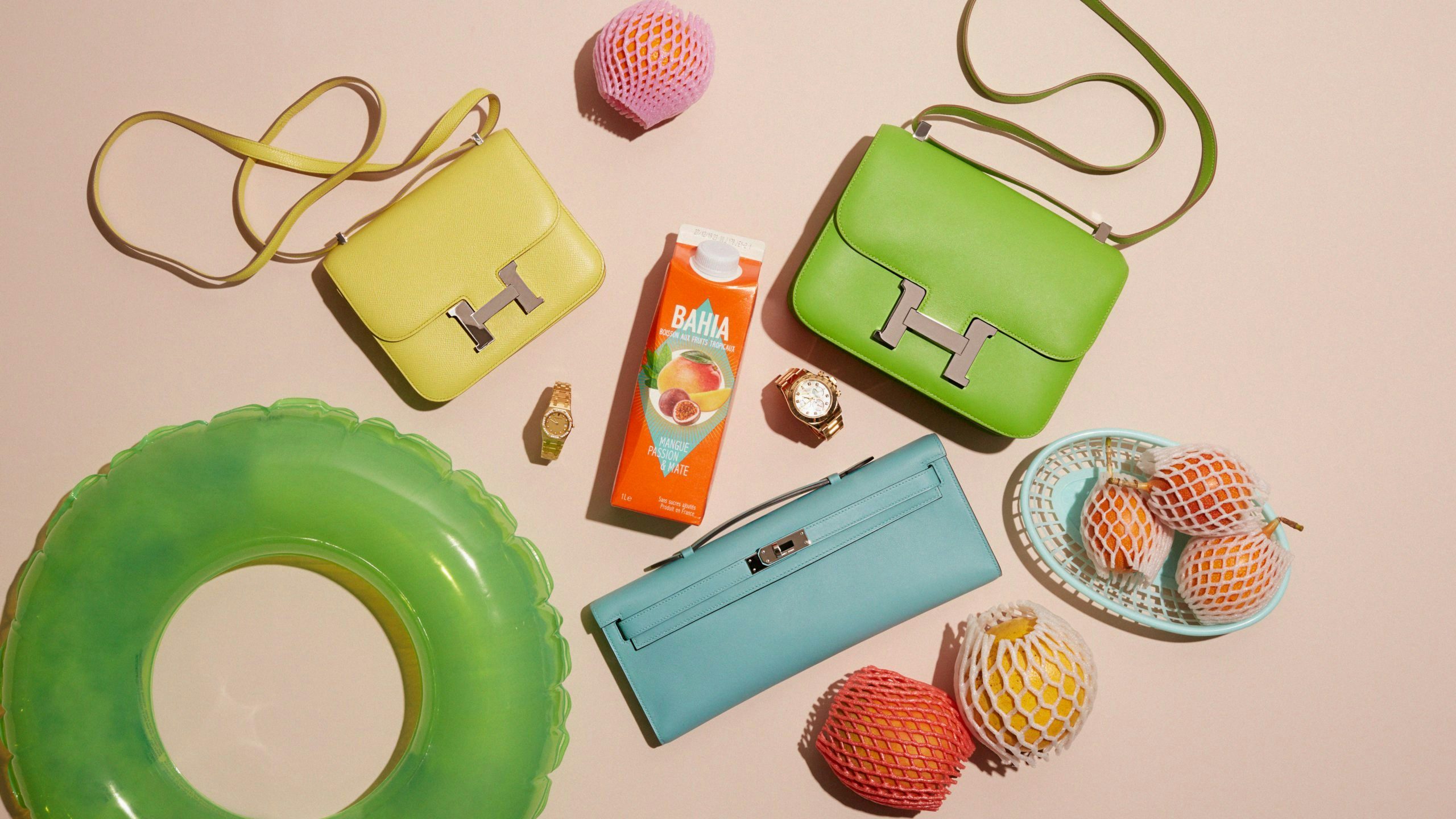From high-profile acquisitions (Etsy/Depop) and official brand collaborations (Gucci/The RealReal) to buyback and recycling programs (Mulberry) or general consumer interest in buying secondhand, resale luxury e-commerce is having a moment. While the market has been on the rise for the last several years, growth has skyrocketed over the past two years as millennial and Gen-Z shoppers decided to take a more central role in e-commerce sales during the COVID-19 pandemic.
While the US secondhand market, in general, is expected to see a roughly 40-percent compound annual growth rate from 2019 to 2024, online secondhand sales are expected to grow by almost 70 percent between 2019 and 2021 (compared to a 15-percent decline in the overall retail sector over that period).
What all of those numbers translate to is an increasingly crowded market with new players entering the scene and larger retailers looking to get in on the action. Amid this backdrop, The RealReal (NASDAQ:REAL) — the luxury consignment company that recently reached #32 on the Jing Daily KraneShares China Global Luxury Index — is working to consolidate its top position in global secondhand luxury e-commerce.
After a tough 2020 that battered luxury retailers, brands, and groups, The RealReal started 2021 off on a relatively strong foot. In the first quarter, The RealReal reported 327.3 million in gross merchandise volume (GMV), which led to a 27-percent increase year-on-year with revenue of 98.8 million (up 27 percent year-on-year). Consumers appeared to be in the mood to engage in some post-lockdown spring cleaning, with consignment and service revenue up 15 percent year-on-year to 75.1 million. Meanwhile, gross profit reached 58.3 million — a rise of nearly 20 percent year-on-year. Conservative expectations for the second quarter of the year expect flat results, depending on to what degree consumers engaged in (new) retail therapy after markets opened up and vaccination efforts accelerated.
A key question for anyone looking at The RealReal’s global efforts is its potential for growth in the China market. Although China has traditionally been resistant to secondhand luxury, the growing spending power and influence of younger millennial and Gen-Z consumers, who do not have the same stigma towards used luxury as their parents or Gen Xers do, has changed everything.
Last year, China's secondhand luxury market reached 2.7 billion (17.3 billion RMB), which doubled the previous year, and that momentum is poised to continue this year, led by young shoppers. According to a recent report by China’s University of International Business and Economics and Isheyipai, 52 percent of secondhand luxury consumers in China are less than 30 years old. Perhaps more importantly, this particular consumer segment is larger than the entire US population.
But while China's market offers The RealReal great potential, it is also an increasingly crowded market in which retailers struggle to gain dominant market shares. As Jing Daily recently pointed out, even Japanese secondhand luxury retailers — some of the most sophisticated in the world — have struggled to gain a foothold in China, as domestic startups and platforms, such as Alibaba’s Idle Fish, battle it out to attract consumers.
As such, the questions for anyone interested in secondhand luxury e-commerce in China are: What kind of advantages does The RealReal have in China that other platforms don't? And what opportunities can the market offers (beyond simple revenue)?
Some of the selling points trumpeted by The RealReal — such as free virtual appointments, in-home pickup, drop-off, and direct shipping — are unlikely to carry much weight in China, while others (namely VIP perks) will. What consumers in China do care about are price, trustworthy authentication, commission rates, and perks.
For The RealReal, there is potential to leverage its global sourcing prowess and stock its physical stores in China with “it” items that are hard to get in that particular market. But that's only if The RealReal decides to go the brick-and-mortar route, transplanting the model used in its 16 retail locations and 11 shoppable stores in the US (particularly if The RealReal offers special experiences for VIP customers who reach a given sales level).
But in the nearer term, maybe the option with the most potential — and the least expensive — awaiting The RealReal in the China market is beefing up its luxury goods sources through China-based sellers to disperse globally. Within the next five years, it is not beyond the realm of possibility to think that China could become the largest source market for luxury resale as it also becomes a key consumer market.
Chinese shoppers have purchased a massive amount of luxury goods from around the world over the last decade. If they decide to put even a modest percentage of those goods up for consignment on The RealReal or other marketplaces, a big cut of the profits will go to these platforms. So, for global platforms, entering China could be less about physical expansion or marketing secondhand luxury to consumers that are still relatively new to the segment and more about encouraging consumers to clear out their closets and get excited about selling.


